By Alec Northrop, Contributing Writer
Third-party delivery is on the rise, and things certainly aren’t any different here in Washington. In an era where people are going out less to purchase everything from cat food to furniture, it was only a matter of time before the restaurant industry caught on, and this sudden expansion has business owners wondering if third-party delivery is the right choice for them.
Washington state seems uniquely poised for a third-party delivery revolution. In addition to the vibrant tech scene and high percentage of millennial residents, many people (particularly along the I-5 corridor) find themselves wondering why they would deal with traffic when they can pay someone else to do it for them.
“We have been using the third-party delivery service for more than 10 years at our various locations,” said Taylor Hoang, owner of Pho Cyclo. “I do it for marketing purposes and to ensure our name is out there with the various delivery service avenues.
As the consumer dining behavior changes, they are utilizing more delivery dining options. Thus, it was important to get our brand in front of these consumers. Our sales volume has had a slight increase, but not much.”
Where do I start?
For restaurateurs in Washington, choosing the right delivery service can be more difficult than in other regions, but that’s a good thing, a symptom of having too many choices. The field is so crowded that when Amazon Restaurants shut down this year, consumers barely noticed.
So how do you choose the best platform for your business? Some services, like Bellingham’s Viking Food, have been a community staple for close to a decade, and offer a flat fee structure while maintaining high levels of customer trust. Most of the national players, however, keep their fee structures close to the vest. Here is a quick guide to the national third-party delivery services with fee estimates as reported by vendors as well as key differences between the platforms. Choosing the best option for your business will require looking beyond these guidelines at the options available in your area.
Doordash – We start with Doordash, which is becoming the obvious choice for a lot of restaurants and diners alike. The platform is trending positively and DoorDash has seen its market share of the third-party delivery revenue grow from 15% to 27.6%, nationally.
Doordash has a very user-friendly app and has the highest customer satisfaction rating of any major third-party delivery service. To boot, Doordash’s estimated vendor fee is 20%, which is the lowest of the major services.
Caviar – Caviar works hard to distinguish itself from the other third-party delivery services, and it seems to be succeeding. Available to customers in the Seattle metropolitan area (one of only 13 metro areas in the United States), Caviar won’t deliver a Dick’s burger to your door. Rather, they boast restaurants like 13 Coins, and advertise exclusive restaurants like Oddfellows, Japonessa, and other high-rated, trendy joints in Seattle and Bellevue that only deliver through Caviar. The result is an average ticket price significantly higher than other services, and a clientele with a higher average income. With reported fees of 25-30% Caviar might be the way to go if you want to get in on the third-party delivery craze without tarnishing the reputation of your upscale or niche restaurant.
Grubhub – Once the undisputed leader of third-party delivery, Grubhub has seen a slight decline in market share over the past few years. However, it has been able to maintain huge numbers of users by acquiring other companies like Seamless. Apart from being the most established app, Grubhub also offers POS integration that goes far beyond the capabilities of the other services. Orders from Grubhub’s website or app can appear in your queue of orders in the same way they would if your waitstaff had entered it in at a POS device. Grubhub’s fees reportedly range from as little as 15% to 30% because of its range of services and subsidiaries.
Postmates is an interesting option because of its versatility, but that can also be viewed as its downside. While other platforms deliver food from restaurants exclusively, Postmates aims to deliver groceries, alcohol and more. On one hand, it hurts the relationship between the restaurant and the delivery service because their business model is not built to coexist exclusively with yours. However, this can also be a way to reach new customers. In areas like Los Angeles, Postmates has a larger market share than the other services mentioned, and many of those loyal app users who use the service primarily for grocery delivery might scroll through the other services available and see your restaurant. Postmates is an interesting option for food service, but restaurants report paying about 30% for vendor fees – a little steep considering the drawbacks.
Uber Eats should definitely be considered as it is the largest player in the Seattle Metropolitan area, but it does little to beat DoorDash on paper, and it charges more (reportedly between 30% and 40% vendor fee) for its services. That being said, they rank as one of the fastest delivery services on average. One negative aspect to consider is that its brand has already been established. Even for those who have no issues with a taxi driver delivering their food, you can never be sure that the customer won’t be thinking about that awful ride they once had with an Uber driver when they order and consume your food.
Third-party delivery costs in Washington state
So how does the gig economy differ in a business environment like Washington’s? What role does the nation’s highest minimum wage play on third-party delivery?
Washington state’s higher minimum wage gives a pay boost to employees of a traditional in-house delivery unit like Domino’s Pizza, in comparison with the likes of Uber Eats, and that comes at the cost of the employer. As noted in The Seattle Times, drivers for Grubhub earn a national average of $13.85 per hour, while Domino’s drivers make $13.40 per hour and Panera in-house delivery drivers make $13.68 per hour. In Washington, third-party delivery drivers who are independent contractors make similar figures, while in-house delivery drivers make much more-upwards of $25 an hour after tips. This keeps delivery drivers from quitting their jobs with stable hours and flocking to third-party gigs. This also adds an extra benefit for restaurants that want to cut down on labor costs. Some local restaurants are working out deals with delivery services to essentially have a driver on call. So if your business is open for lunch, but typically only gets a handful of orders, why risk paying two drivers at $15 an hour for three hours during lunch? Instead, the business can call on a DoorDash or Grubhub driver to show up for one order and take the obligatory vendor fee without any need for additional compensation from the restaurant. For orders that come directly from a third-party app like DoorDash or Uber Eats, the benefits continue. The Washington State Department of Revenue guidelines generally lay the collection of sales tax on the marketplace facilitator (the app) while the marketplace seller is usually not required to collect and remit retail sales tax on these sales, as this is handled by the marketplace facilitator. The delivery service is responsible for collecting and remitting retail sales tax on behalf of the restaurant, leaving hours per order at nothing more than the time it took to make the food.
Branding – The pros and cons of a uniformed employee
Other sectors of the hospitality industry have seen their brands splinter in this way before. Nineteen years after Hotwire.com started offering its services, the vast majority of people looking for a hotel use a third-party service to book their room. The difference for the restaurant industry is the amount of face-to-face contact you have with the third-party. Most services have few guarantees for quality control. On one hand that seems like a negative: How can you assure that your food will be delivered in a timely manner? On the other hand, many consumers will blame their driver and the app before they blame the restaurant, and with the ability to track the person who has your food, it can be hard to make excuses. If you are already struggling to fulfill orders in a timely manner, third-party delivery can actually be a tool you use to bring down wait times (or at least shift some of the blame away from your business).
Takeaways
Einstein once said that given one hour to save the world, he would spend 55 minutes defining the problem and then five minutes solving it. Defining the issue at hand is especially important for Washington restaurants looking at third-party delivery because there is a wealth of options. First and foremost, you should decide whether or not you have the resources and infrastructure to build your own app or website. If not, you should next ask yourself if you can hire your own drivers and use a third-party app such as Olo. If the answer to both of those questions is “no” and you will be going with a delivery service like the ones we’ve outlined, ask yourself about your target market: Will you be appealing to the high-end foodies on Caviar, or is UberEats’ fast delivery time and ease-of-access the most important feature for your business? Last, take a look at your margins and figure out what you can afford to pay for a vendor fee. Take a look at competitors in your area; are they charging $5.99 delivery fees? Is the field wide-open for the taking? Remember that these services negotiate fees on a case-by-case basis, and come to the table armed with your price limits. n



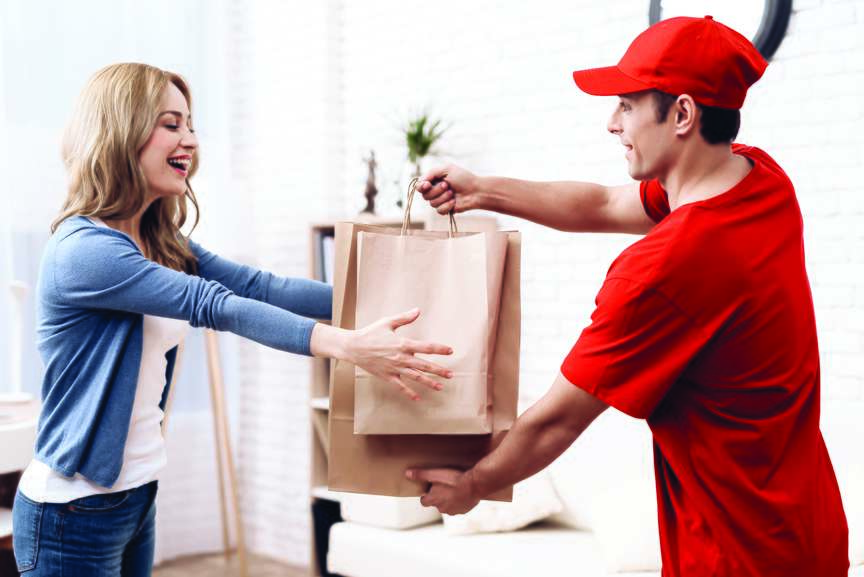


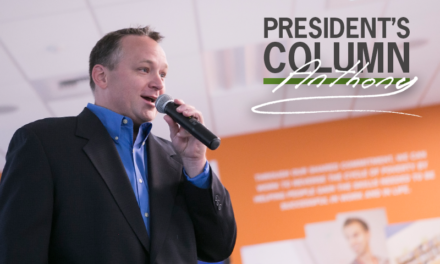
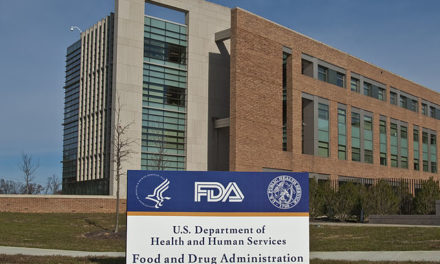

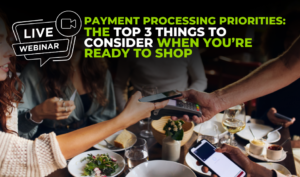




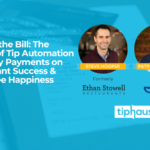



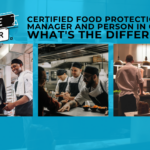
![[Class, May 20] ServSafe Manager, Kent](https://wahospitality.org/wp-content/uploads/2018/07/CALEND1-150x150.png)








